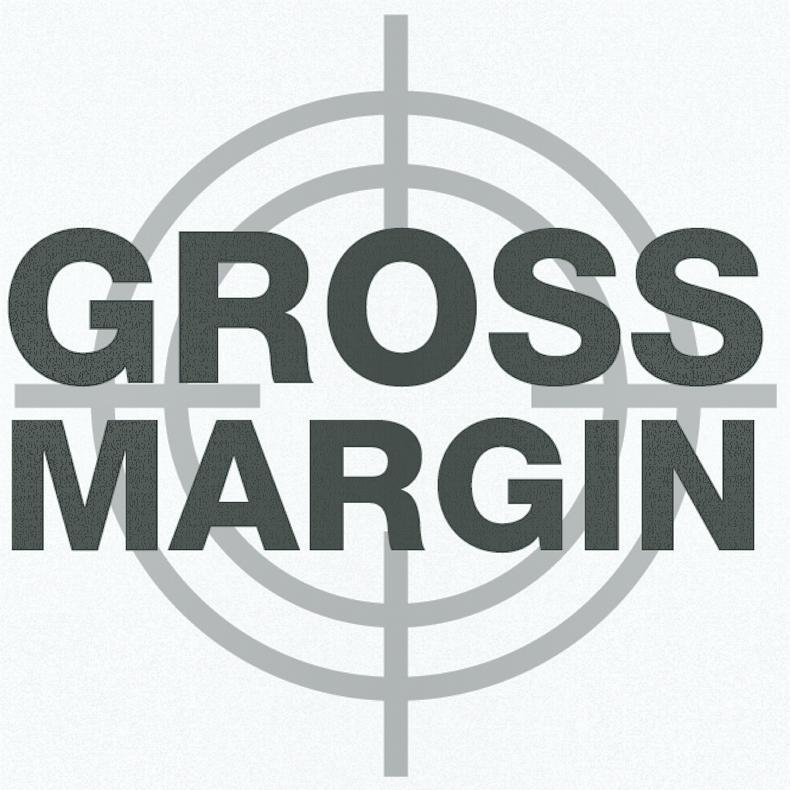
There are three main factors that affect the net profit in any business; output, variable costs and fixed costs. This makes it quite easy to see the areas to target on each farm. Generally, in most businesses, fixed costs are well named, because they are fixed and bear little relation to the level of output from the business, whereas variable costs rise and fall with the output.
With this in mind, the project will target increasing output and tackling variable costs or, in other words, increasing the gross margin. By doing this, the fixed costs will be diluted and they will be spread across more liveweight sold per year. The key areas that will be targeted to achieve this are:
Grassland management
Maximising output from grazed grass will significantly improve gross margin on farm. To achieve this, a paddock grazing system will be implemented and the focus farmers will measure the grass growth on farm. This will lead to an increase in both the quality and quantity of grass grown and allow for increased utilisation. This will also allow under-performing paddocks to be identified and these can be targeted for reseeding. After establishing the baseline grass growth in the first year, the project will target increasing grass utilisation by 10% in years two and three.
Output
Improved grassland management will bring increased daily liveweight gains. Getting cows out to grass in early lactation will drive milk production and improve calf thrive. By maximising the number of kilos gained from cheap grazed grass, gross margin will improve significantly. Alongside grazing management, silage quality will be another focus for the project farmers. High-quality grass silage will support a good level of growth throughout the winter for young stock, thus reducing the quantity of expensive supplementary concentrates that need to be fed.
Calving spread
This issue has been identified on several of the farms and will be another key area to target. The intention is to reduce calving spread to either one (spring) or two (spring and autumn) 12-week periods, depending on the farm system. This will be done gradually over the life of the programme to avoid the need to cull hard in the first year. A compact calving spread makes management of the herd much easier and streamlines routine tasks on farm. With all cows calving in a compact 12-week period, cows with fertility issues are more easily identified and removed from the system. This has knock-on effects in years to come and helps to increase the calves per cow per year.